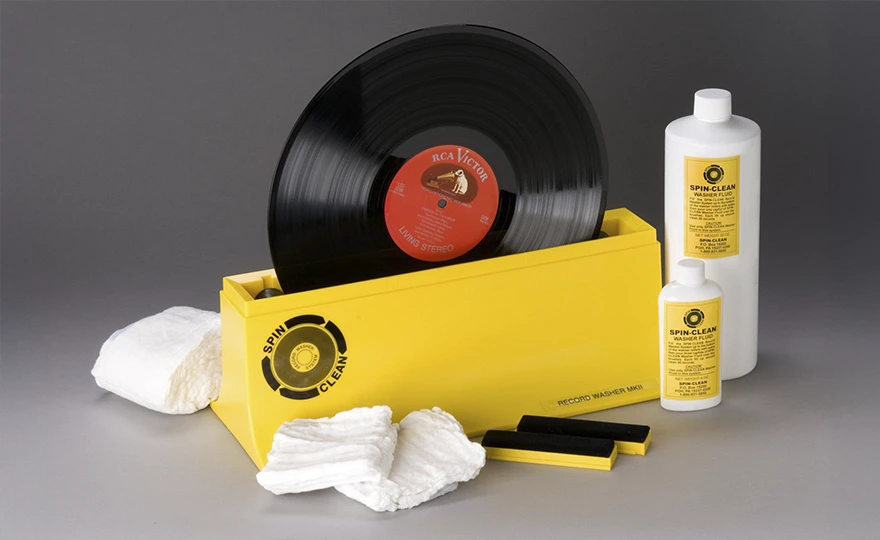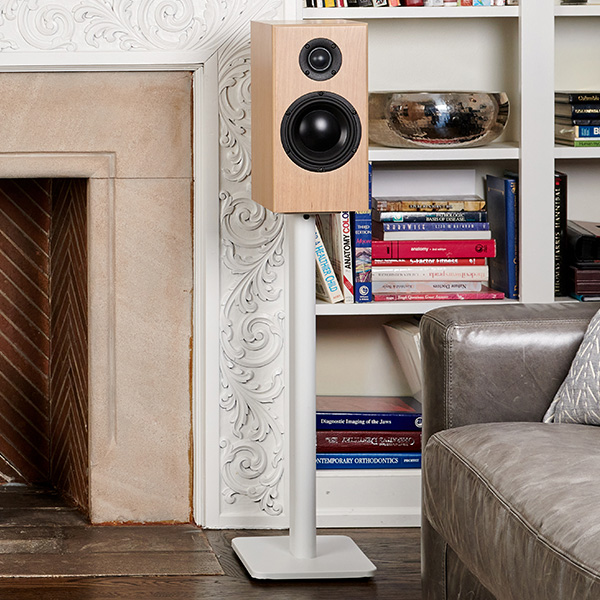
There’s something special about the ritual of playing vinyl records—the tactile experience of pulling out Dark Side of the Moon, gently lowering the needle onto Aja, and hearing the rich analog warmth of Abbey Road fill the room. But to preserve that sonic magic and keep your high-end system performing at its best, your records need to be clean—really clean.
Dirty records don’t just dull the sound; they introduce pops, clicks, and even permanent damage to both your LPs and your stylus. Whether you’re spinning first pressings of Rumours or modern reissues of Yussef Kamaal’s Black Focus, keeping your vinyl pristine is essential. In this article, we’ll guide you through why records get dirty, how to clean them properly, and the best tools and techniques to maintain your collection—from budget-friendly brushes to ultrasonic machines used by the most dedicated audiophiles.
Vinyl records are static-charged dust magnets. Over time, they accumulate all sorts of contaminants:
Even new records can arrive with microscopic debris from the pressing plant. Cue up John Coltrane’s Blue Train and you might notice crackling that isn’t part of the performance—it’s contamination.
A clean record doesn’t just sound better—it protects your gear. Gunk lodged in the grooves can wear down your stylus prematurely and increase distortion. If your setup includes a high-performance turntable and speaker system, like a pair of full-range floorstanders or revealing monitors, dirty records become even more noticeable.
Regular cleaning:
Whether you’re listening to Massive Attack’s Mezzanine or Nick Drake’s Pink Moon, cleaning ensures every detail comes through.
For daily maintenance, dry cleaning is the simplest way to keep your vinyl in shape.
How to Use:
When your record starts sounding like a lo-fi bootleg of Fleetwood Mac, it’s time for a wet clean. This removes embedded grime from deep within the grooves.
How to Use:
This method will bring records back to life and renew your love for your vinyl collection.
For serious collectors and audiophiles, a vacuum cleaning machine offers superior results with less effort and more consistency.
Recommended Cleaning Fluids:
How It Works:
These are ideal if you’ve got a large collection of records and want to give each one professional-level treatment.
Ultrasonic cleaners are the crown jewels of vinyl care. They use cavitation bubbles to penetrate the grooves and lift out microscopic particles—no brushes needed.
Best For:
Pros:
Cons:
For the vinyl lover who wants nothing between them and London Grammar’s lush production or the raw soul of Otis Redding, ultrasonic cleaning is the ultimate step.
Whether you’re spinning The Smile, Elliott Smith, or a first pressing of Led Zeppelin IV, proper vinyl maintenance unlocks your system’s full potential. From daily brushing to ultrasonic cleansing, the methods you choose will depend on your budget, time, and the depth of your collection.
Want more audiophile insights like this? Dive into our News + Reviews section, where we cover everything from speaker placement and acoustic treatment to the latest trends in high-fidelity listening. Your system—and your ears—will thank you.
Share this article with your friends!
